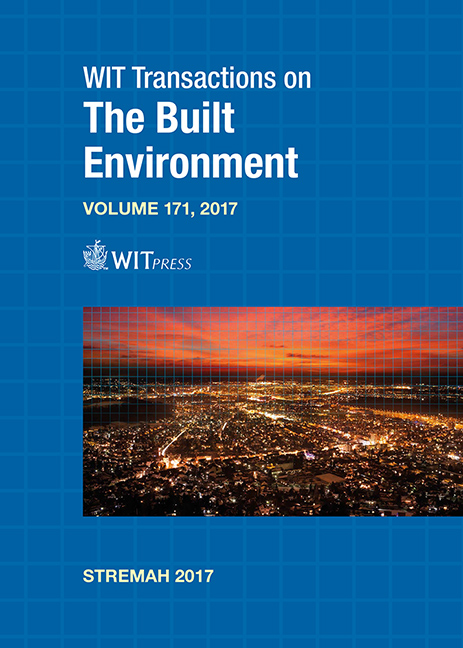MATERIALS AND CONSTRUCTION TECHNIQUES OF TRADITIONAL HOUSES IN NOVI PAZAR, SERBIA
Price
Free (open access)
Transaction
Volume
171
Pages
10
Page Range
335 - 344
Published
2017
Paper DOI
10.2495/STR170291
Copyright
WIT Press
Author(s)
SAMRA UGLJANIN, AYNUR CIFTCI
Abstract
Novi Pazar is one of the historic Ottoman settlements established in 1461 in the south-western part of Serbia. Due to its location on the crossroad of the big caravanserai road, which led from Dubrovnik to Istanbul, Novi Pazar played a great part in the economic development of the Balkans. The traditional texture of the town contains monumental buildings as well as houses that carry traces of Ottoman period architecture. The features of civil architecture in Novi Pazar, which is continuously being damaged, have not been subject to detailed documentation work and conservation studies up to now. It is observed that Novi Pazar houses that date back to the early years of the 19th century have several conservation problems, such as inappropriate interventions of users, climate circumstances and abandonment as a result of downturn of the economic situation. This study, as a part of a Master’s thesis, consists of the documentation of more than 80 timber houses in use, and 18 of them documented in detail by means of onsite observations, survey drawings, photos and interviews with the local masters. The architectural morphology, timber framing and masonry walls techniques, floors, ceilings, roofs, mortars, plasters and indoor architectural elements were written by analyzing 18 traditional houses in detail.
Keywords
traditional houses, Novi Pazar, conservation, Ottoman period, timber structure




